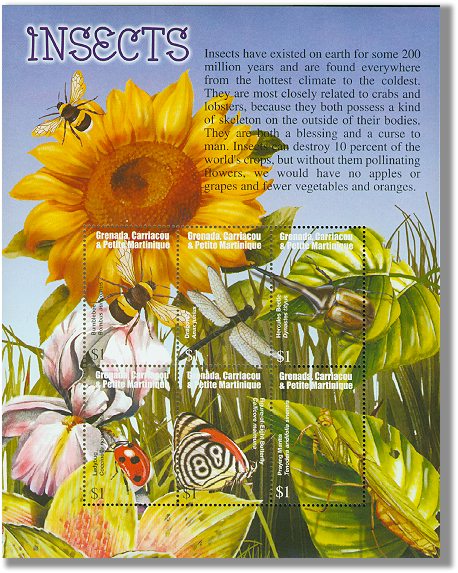Insecticides can be an important tool for producers to use in times of emergency to prevent a pest from economically damaging crops. To understand the broad implications of current insect management practices let’s focus for a moment on one insecticide application method in one crop: foliar sprays in oilseed sunflowers. Sunflowers are an “entomophilous” (insect loving) crop, offering a multitude of resources to a diverse assortment of insects. This diversity and abundance of critters visiting a sunflower include a number of pests that often are the targets of insecticidal sprays. In a recent study of South Dakota sunflower fields, foliar insect densities were found to be more than 290,000 individuals per acre, not including any surface-dwelling or below-ground organisms. If a producer decides to use an insecticide spray on a 100-acre sunflower field, this will end more than 29 million many-legged lives. What are the implications of suddenly losing billions of insects across an entire farm landscape?
The most obvious change in a sprayed habitat is fewer insects consuming plant tissue, weed seeds, fungus, decaying plant matter and other insects. We also should not overlook the fact that these creepy-crawlies are an important food source for higher organisms. Birds, reptiles, mammals, fish and even certain plants utilize insects as a portion of their diets. For example, Chinese ring-necked pheasant chicks obtain the bulk of their nutrients by consuming protein-rich insects. When a source of food for countless organisms which also is an important environmental regulator is disrupted by human decisions such as spraying for insects, the structure of the entire plant and animal community is brought out of stability. An unstable habitat with low diversity often is prone to pest outbreaks controlled only through the use of further inputs. This phenomenon is known as the “pesticide treadmill.” Before making the decision to use a product designed to kill for control of insects, we owe it to ourselves and the other organisms that share our planet to pursue education on economic thresholds and alternative integrated pest management strategies. As stewards of the land, let’s invest our time and energy in strategizing how to create opportunity for life to flourish rather than to stifle it.
Source: Tri-State Neighbour, 7 January 2016
http://www.tristateneighbor.com/news/opinion/opinion-one-insecticide-sp…

- Log in to post comments
